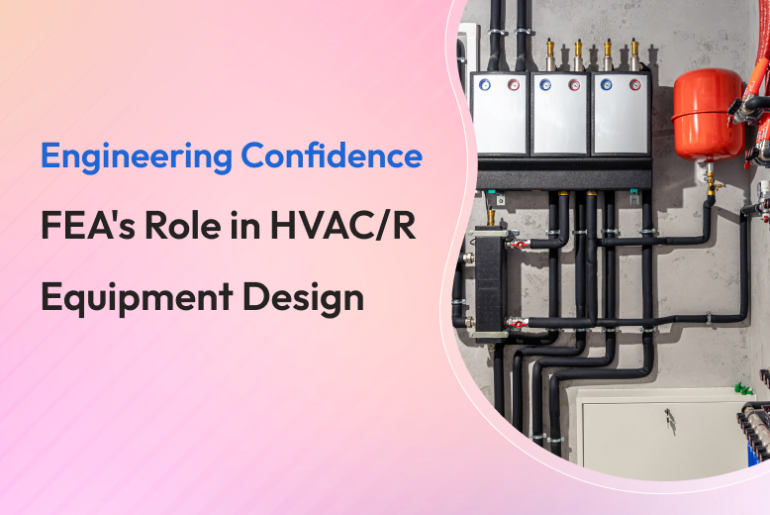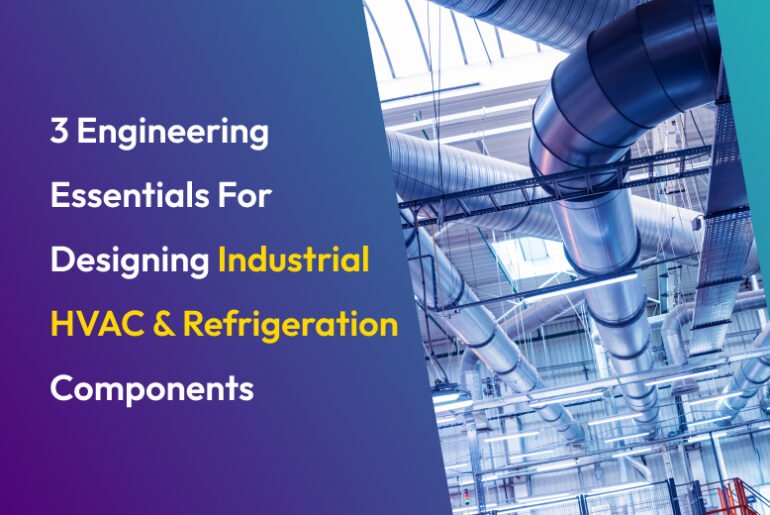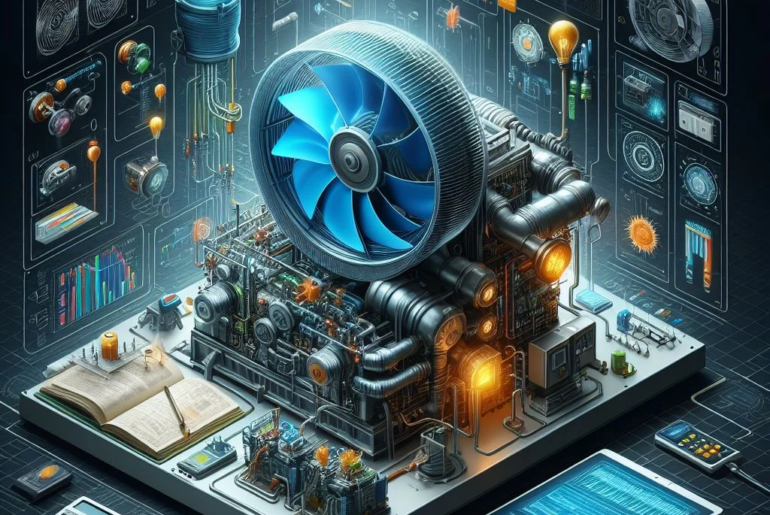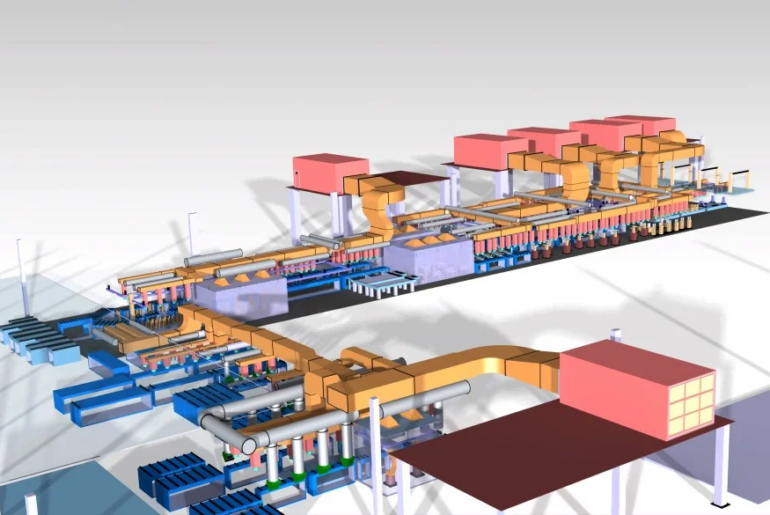Have you ever found yourself explaining a complex HVAC equipment design to your manufacturing team, only to discover they’ve interpreted your documentation differently than intended? Or perhaps you’ve watched as a meticulously designed system faces unexpected challenges during installation because what worked perfectly in theory didn’t translate to the real world? If you’ve experienced these situations, you’re definitely not alone. Future of HVAC original equipment manufacturers (OEMs), bridging the gap between design vision and manufacturing…
Are you confident your HVAC-R designs are maximizing value within your budget constraints? Small design choices often have significant impacts on material costs and long term efficiency, but they’re easy to miss when you’re focused on meeting deadlines and managing multiple projects. At Asset-Eyes, we don’t just provide drafting services, we work as an extension of your team, bringing our specialized expertise to every project. Let’s look at some recent examples where this collaborative approach…
Technological advancements, stringent regulatory changes, sustainability demands, and evolving consumer expectations are reshaping how HVAC OEM systems are designed, manufactured, and installed. For HVAC/R Original Equipment Manufacturers (OEMs), this dynamic environment creates both significant challenges and opportunities. Companies face mounting pressure to innovate rapidly while maintaining cost efficiency and meeting increasingly stringent quality and compliance standards. The drafting and design process is one of the most crucial yet frequently overlooked aspects of HVAC/R manufacturing. Modern…
Poor electrical control panel design doesn’t just create headaches, it creates safety hazards, increases service costs, and can shut down entire HVAC systems when you least expect it. But here’s the reality: as an experienced HVAC/R professional, you already know the common pitfalls. You don’t need another checklist of design best practices that you’ve seen countless times before. Asset-Eyes operates as a partner who understands your process. Listens to your challenges, and then collaborates with…
In HVAC/R equipment design, every uncertainty at the CAD stage transforms into real-world risks later. That’s why forward-thinking manufacturers are now embedding simulation-readiness from the start—not waiting until prototype failure. Finite Element Analysis (FEA) has emerged as a critical tool for engineers seeking to predict and optimize material behavior under complex stresses, ensuring design resilience and safety long before physical prototypes are built. Table of Contents: The Traditional Risk: Waiting Until It’s Too LateUnderstanding FEA:…
Introduction About HVAC and Refrigeration In the demanding world of industrial environments, HVAC and refrigeration systems form the backbone of countless operations across manufacturing, food processing, pharmaceuticals, and data centers. The components that make up these systems must perform reliably under challenging conditions while meeting increasingly stringent efficiency standards and regulatory requirements. When designing industrial HVAC and refrigeration components, engineers must carefully balance performance, longevity, compliance, and cost-effectiveness. This balance is achieved through meticulous attention…
It’s midday at your office, and your desk has vanished beneath layers of schematics and technical drawings. Your CAD software struggles through complex thermal simulations for a critical commercial project, while three client revision requests sit in your inbox, each marked “urgent.” The manufacturing team needs those heat exchanger specifications yesterday, insisting that production can’t wait any longer. You glance up to see your talented but stretched-thin team members exchanging that unmistakable “how are we…
It is often said in plants that a HVAC system which is delivering the desired temperature and Relative Humidity is working fine. Is it a complete statement? Although the desired parameters of HVAC system are met, the plant managers do have a complaint that the specific energy consumption (That is Electrical energy consumed per product produced) is higher than the other plants of similar size and facility. The following paragraphs are about one such experience…
Centrifugal fans are the most versatile air moving equipment. The housing (volute) of the centrifugal fan accelerates the air and changes the direction of the airflow twice, that is 90⁰ before leaving the volute / housing. These fans are relatively quite and reliable. If selected properly, these centrifugal fans are highly energy efficient. The following paragraphs discuss about the considerations to be made while selecting a centrifugal fan for your HVAC application. A. Selection consideration…
The Role of Duct Design in Efficient HVAC Systems Industrial HVAC Systems, whether it is Air conditioning or Ventilation system or an centralized fume exhaust system play a pivotal role in maintaining the comfort and safe working environment of a factory. Although the Energy efficiency of the HVAC system or the centrifugal fan greatly depends on the quality of the machine, the design of ducts plays a key role in determining the efficiency of the…










